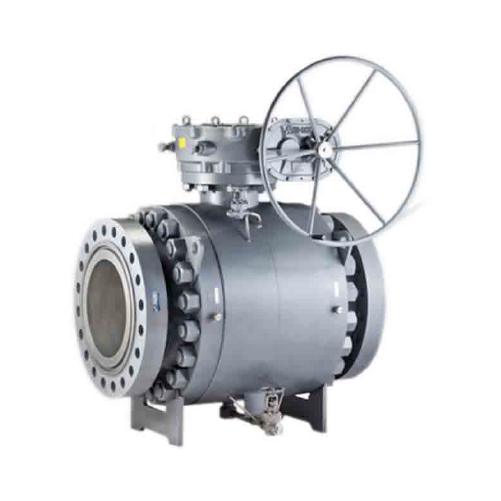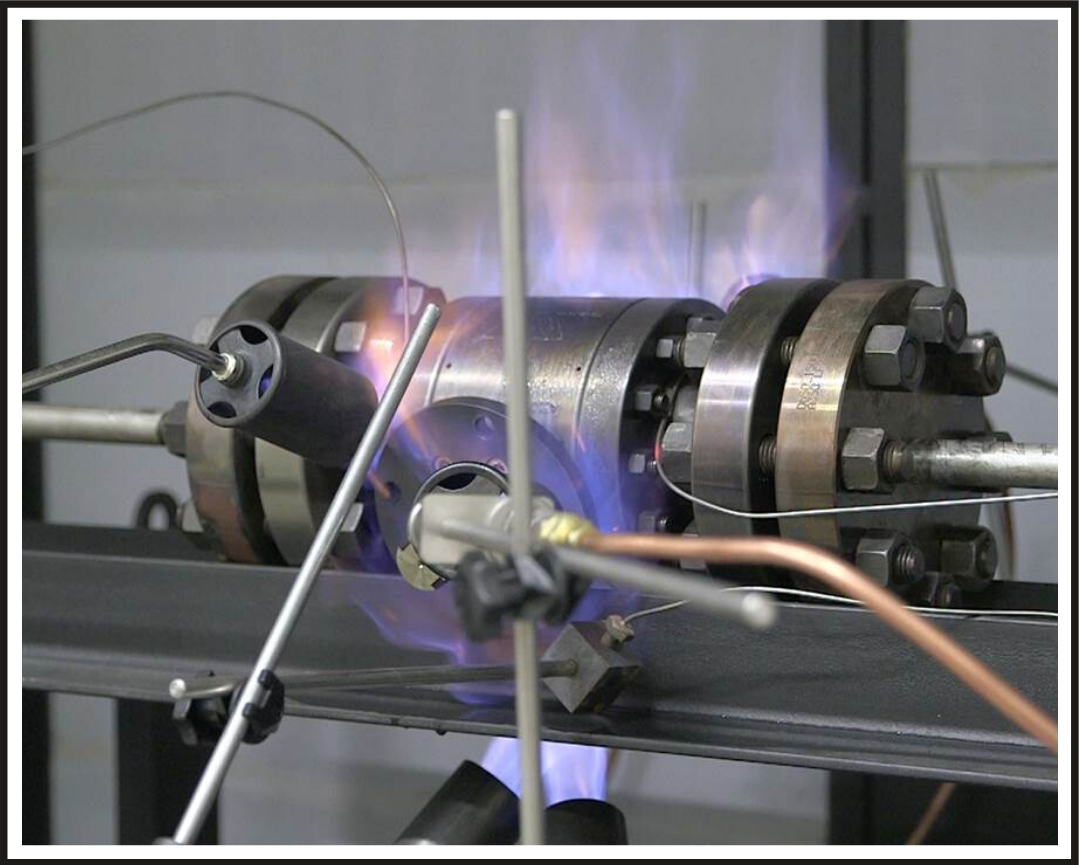
BALL VALVES
( SOFT SEATED & METAL TO METAL SEATED)
Manava Ball Valve Test - Fire Safe and Cryogenic
FIRE SAFE BALL VALVES TESTING
Features & Principles
Manava makes fire-safe Ball valves are provided with cavity pressure relief arrangement in the ball, due to this feature rapid increase of pressure which may damage the internal mechanism is avoided.
In normal working conditions, the ball rests against two seats resulting in bubble-tight closer or no leakage found from the seating area of the Ball valve
In case of fire occurs or Ball, the valve is exposed to a temperature above the seat can withstand, ball seats from the ball become deformed or burn partially with resulting downstream secondary metal seat provides the leak-tight seal.
The fire safe test is performed with the standards API 607, API 6FA.


CRYOGENIC TESTING
Manawa Valve, having in-house Ball valves Cryogenic testing facility which is special testing for measuring any leakage of any BALL valves ( i.e. shall be floating ball valves or trunnion mounted ball valves) at any temperature in downline to -196 Deg. Cen.
This testing specially carried by using Liquid Nitrogen & Helium gas.
Standards reference for Ball valves cryogenic testing - BS 6364 / BS EN 1626. Cryogenic Ball valves are tested with the pressure with the reference of the class of the particular valve. All these cryogenic Ball valves manufacture with the Extended stem & bonnet to position the stem packing above the cryogenic fluid & providing a column of warmer vapor that insulates the stem packing from any effect due to low temperature.
Cryogenic ball valves are provided with a soft seat with a high density like PCTFE material, metal seated like tungsten carbide coated, or any hard coating. Since all these ball valves are provided the cavity relief holes, these ball valves are unidirectional.

